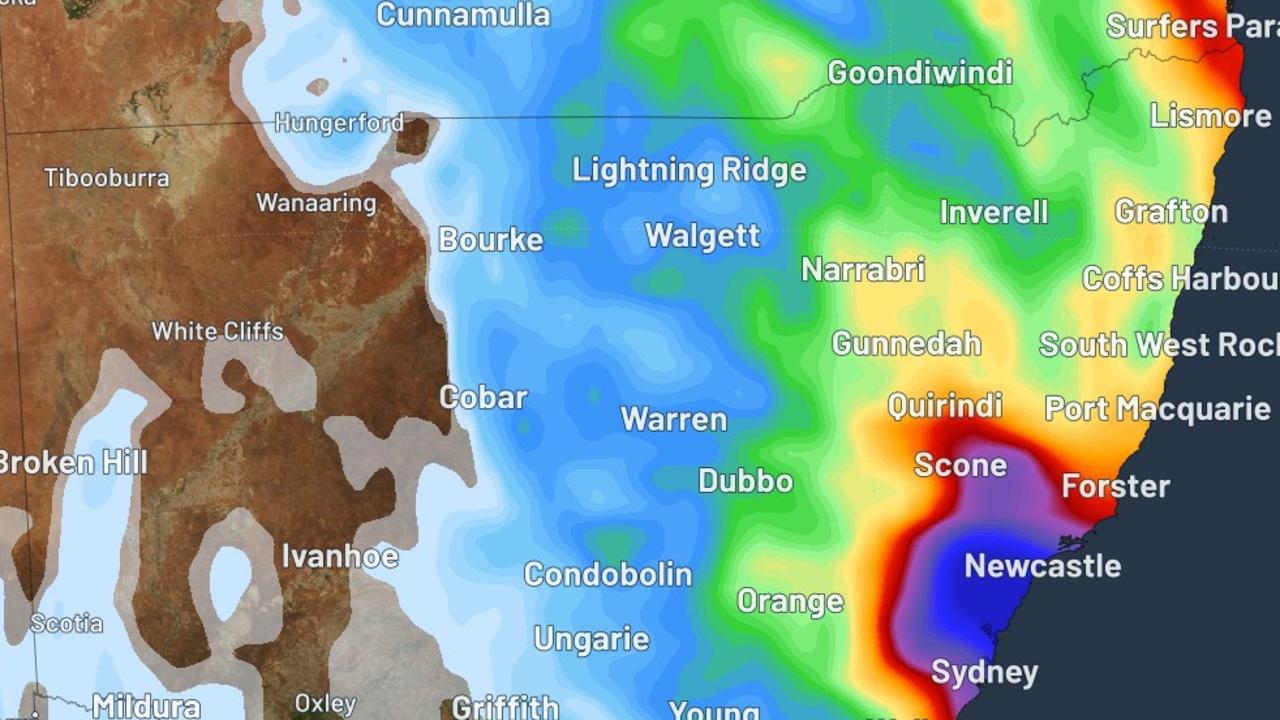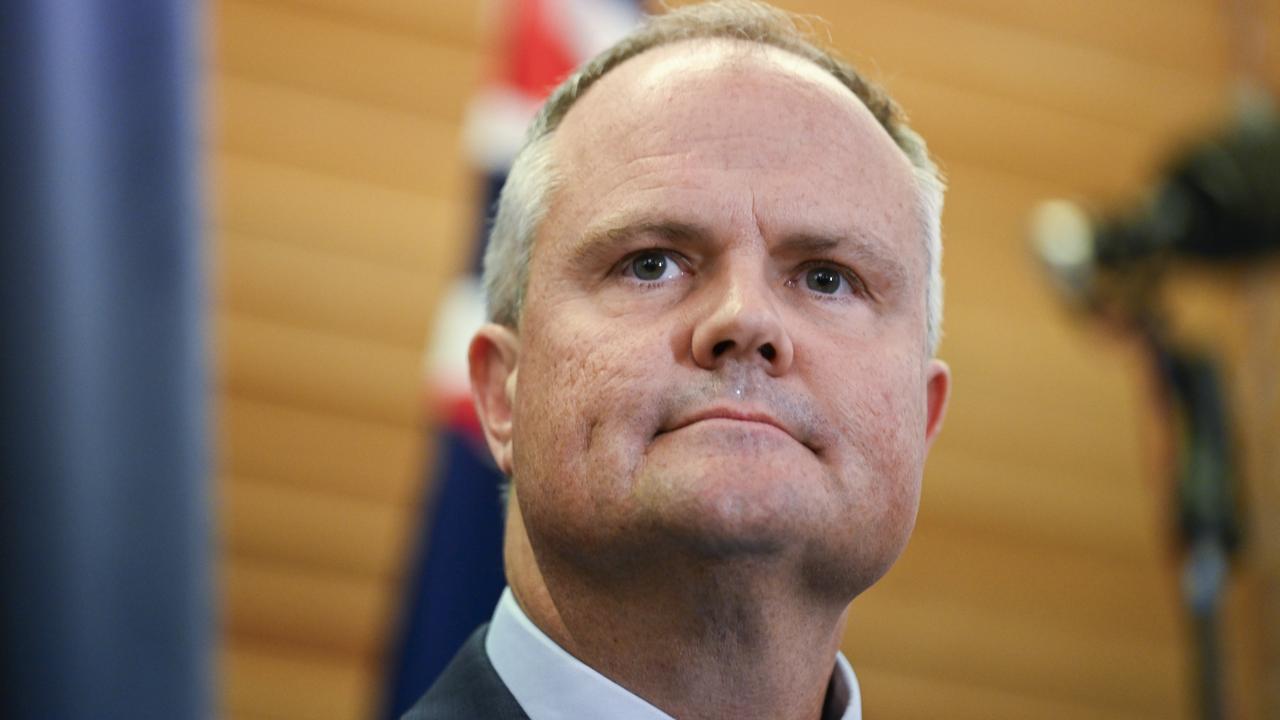‘Credible’ new hope in fight against warming
A new hope: analysis of the pledges and commitments made at the COP26 climate conference in Glasgow show we just might limit global warming to below 2 degrees.
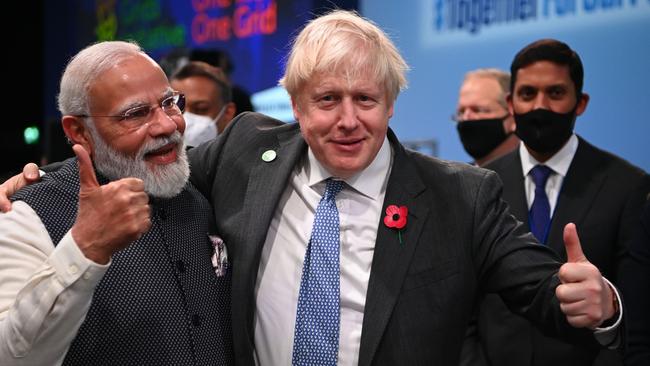
Environment
Don't miss out on the headlines from Environment. Followed categories will be added to My News.
Global warming could be halted at 1.9 degrees, arguably just inside the Paris Agreement limit, if all COP26 emissions reductions pledges are fulfilled, according to “highly credible” new modelling.
The projections by the group Climate Resource take into account new promises to slash emissions made just before and during the COP26 conference in Glasgow.
Eleven nations have announced new targets since October 18, including Australia, Russia, Saudi Arabia and India.
The 1.9 degree prediction is a vast improvement on the 2.7 degrees of warming associated with previous pledges to cut emissions.
Researchers for the paper, including Associate Professor Malte Meinshausen from the Climate and Energy College at the University of Melbourne, said: “For the first time in history, the aggregate effect of the combined pledges by 194 countries might bring the world to below 2°C warming with more than a 50 per cent chance.”
The improved scenario was largely attributable to China’s recently reaffirmed target to get to net zero by 2060, and India’s announcement it would get there by 2070, researchers said.
The two nations are the first and third biggest emitters, collectively responsible for more than a third of total greenhouse gases pumped into the atmosphere.
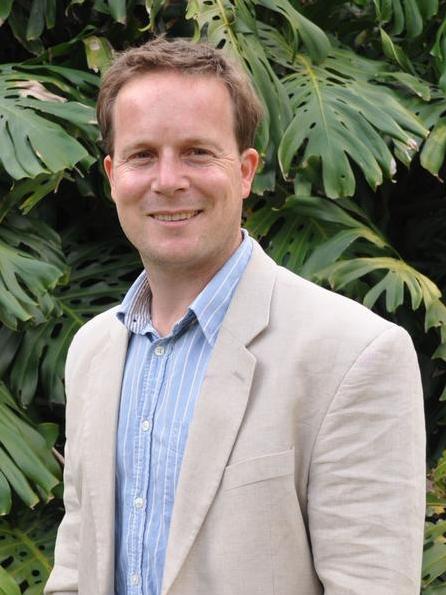
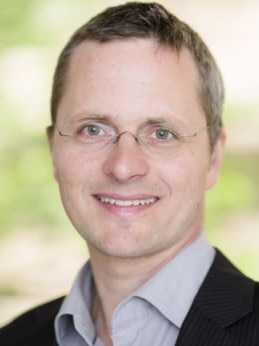
Dr Simon Bradshaw from the Climate Council said the analysis was “highly credible”, but it “hinges on the assumption that pledges will be backed by the necessary policies and actions across energy and land use, and that funding is adequate to ensure their implementation”.
“While real progress, it is still a long way from what is necessary to ‘keep 1.5°C alive’. That will require countries coming back with new and stronger commitments for this decade,” Dr Bradshaw said.
The analysis comes after US Climate Envoy John Kerry cited other experts who said the world still had a 60 per cent chance of limiting global warming at 1.5°C.
The most recent IPCC report showed the world had already warmed close to 1.1°C above pre-industrial levels.
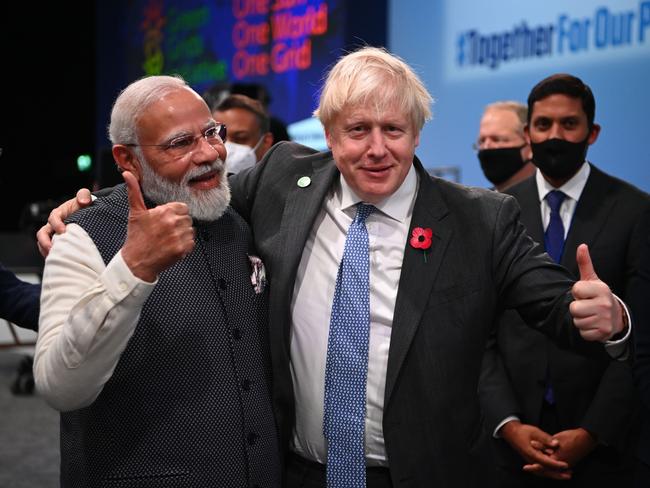
Professor Will Steffen said a 1.9°C warmer would certainly be better than one that was 2.5°C or 3°C hotter, but we shouldn’t “underestimate how much more difficult a 1.9 degree warmer world is going to be to live in”.
“First of all with a huge degree of probability, the Great Barrier Reef would be gone,” he said. “We know that at two degrees of warming it’s virtually gone, and 1.9 is very close to that.”
A 1.9°C warmer world would entail higher sea levels, more damage from coastal erosion, more extreme bushfire weather and regular 50 degree days in cities such as Brisbane, Sydney and Melbourne, Prof Steffen said.
The Paris Agreement calls for limiting temperatures “well below 2 degrees”, so a 1.9°C rise would actually fail to meet that target, Prof Steffen added.

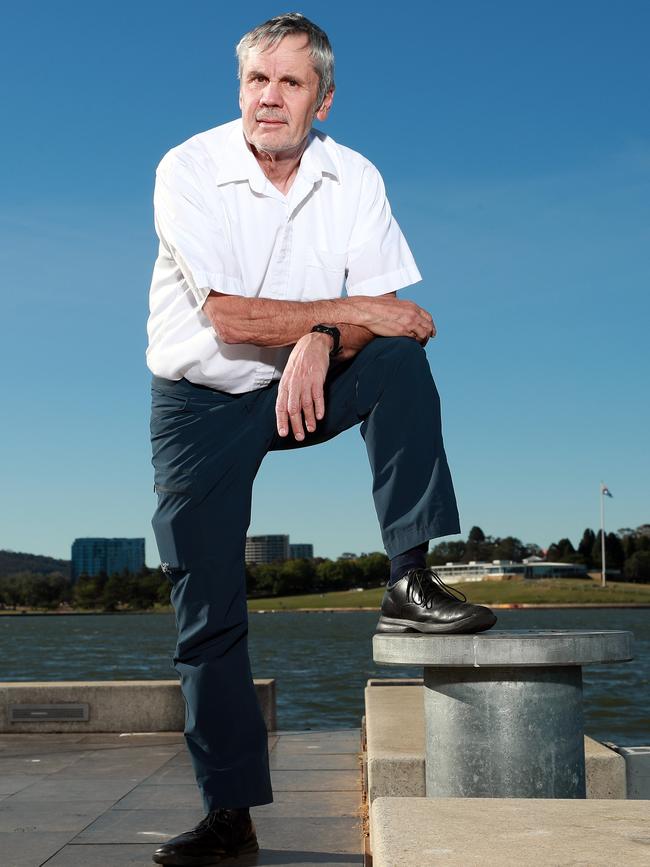
Dr Sarah Perkins-Kirkpatrick from the Climate Change Research Centre at the University of NSW said temperature rises in Australia were tracking about 0.3°C above the global average, so a 1.9°C warmer world would probably mean temperature increases of about 2.2°C here.
The Climate Resource projections were in line with IPCC modelling, she said, but limiting warming to 1.9°C would only happen “if all countries meet and follow through their net zero pledges”.
A 1.9°C rise was still feasible, but the lower end of the Paris Agreeemnt target, 1.5°C, was now essentially a “pipedream,” Dr Perkins-Kirkpatrick said.
More Coverage
Originally published as ‘Credible’ new hope in fight against warming




